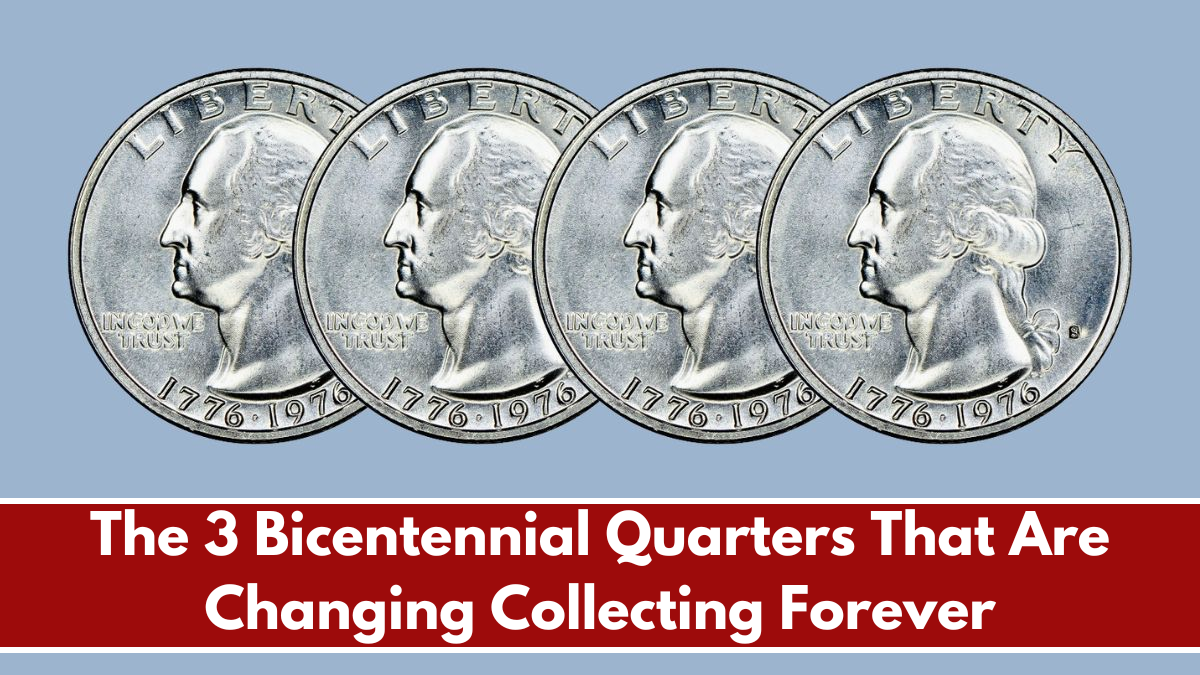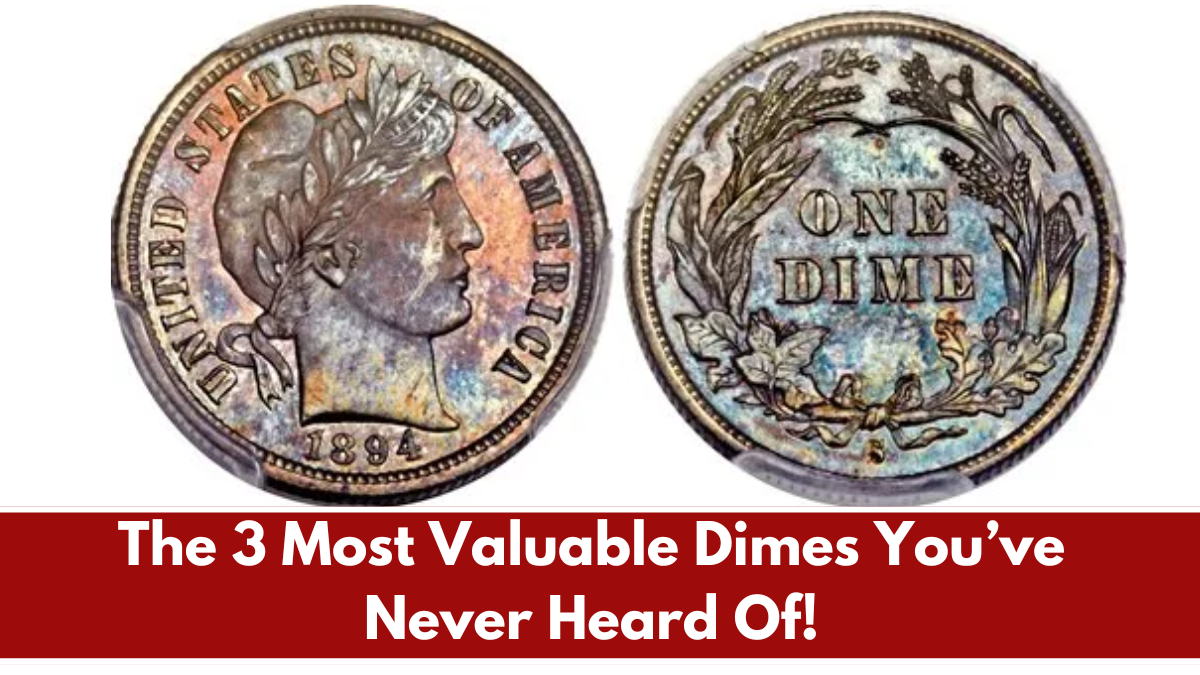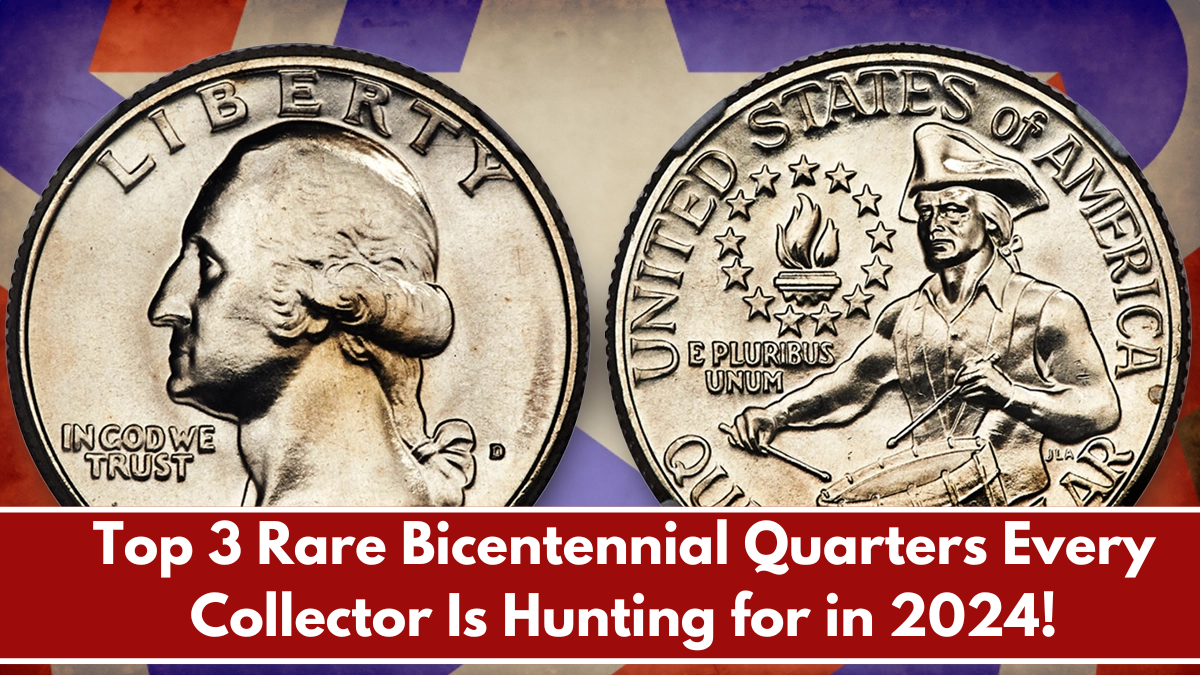The Bicentennial Quarters, minted in 1976 to commemorate the 200th anniversary of the United States, have long been a favorite among coin collectors. However, three specific variations of these quarters are now making waves in the numismatic world for their unique characteristics and rising value. These coins are not just significant pieces of U.S. history, but also catalysts for change in the coin collecting market. Let’s take a look at the three Bicentennial Quarters that are reshaping the collecting world.
1. The 1976-D Type 1 Bicentennial Quarter
The 1976-D Type 1 Bicentennial Quarter, minted in Denver, features the classic reverse design, with the drummer boy holding the flag. What makes this quarter particularly important is its relatively low mintage in comparison to other Bicentennial Quarters, making it harder to find in mint condition. Collectors are particularly drawn to this coin, with its historical significance and rarity driving its increased demand and value.
2. The 1976-S Proof Bicentennial Quarter
Minted in San Francisco as part of a set of proof coins, the 1976-S Bicentennial Quarter has gained tremendous value over the years, especially in its pristine, uncirculated state. The proof versions of this coin are well-known for their high quality and glossy finish, which adds to their appeal among collectors. The 1976-S is often the highlight of many Bicentennial Quarter collections, and its value has steadily grown, making it an essential investment for serious collectors.
3. The 1976-D Type 2 Bicentennial Quarter
Another variation of the Bicentennial Quarter, the 1976-D Type 2, features a slightly different design on the reverse side, where the drummer boy’s figure is more prominent and refined. The Type 2 variation is rare and valuable because of its unique features, which make it stand out from the more common Type 1 quarters. These distinct differences have made it one of the most sought-after varieties in the Bicentennial Quarter series.
These three Bicentennial Quarters—Type 1, 1976-S Proof, and Type 2—are redefining the way collectors approach U.S. coinage. Their rarity, historical importance, and unique characteristics have made them standout pieces that are changing the future of coin collecting. With their increasing value and demand, these quarters are paving the way for future generations of collectors to appreciate the beauty and significance of U.S. currency.
FAQ’s:
1. What makes the 1976-D Type 1 Bicentennial Quarter so valuable?
The 1976-D Type 1 Bicentennial Quarter is valuable due to its low mintage and historical significance as part of the nation’s 200th anniversary celebration.
2. Why is the 1976-S Proof Bicentennial Quarter so sought after?
The 1976-S Proof Bicentennial Quarter is highly valued for its pristine quality and glossy finish, which make it a standout piece for collectors.
3. What distinguishes the 1976-D Type 2 Bicentennial Quarter?
The 1976-D Type 2 Bicentennial Quarter features a more prominent and refined depiction of the drummer boy, making it unique and more valuable than its Type 1 counterpart.
4. How can I determine the value of my Bicentennial Quarters?
The value of your Bicentennial Quarters depends on factors such as minting type, condition, rarity, and any potential errors. Consulting a coin grading guide or professional appraiser can provide an accurate valuation.
5. Are Bicentennial Quarters still being collected today?
Yes, Bicentennial Quarters remain highly collectible, especially the rarer variations, and they continue to appreciate in value as more collectors enter the market.













